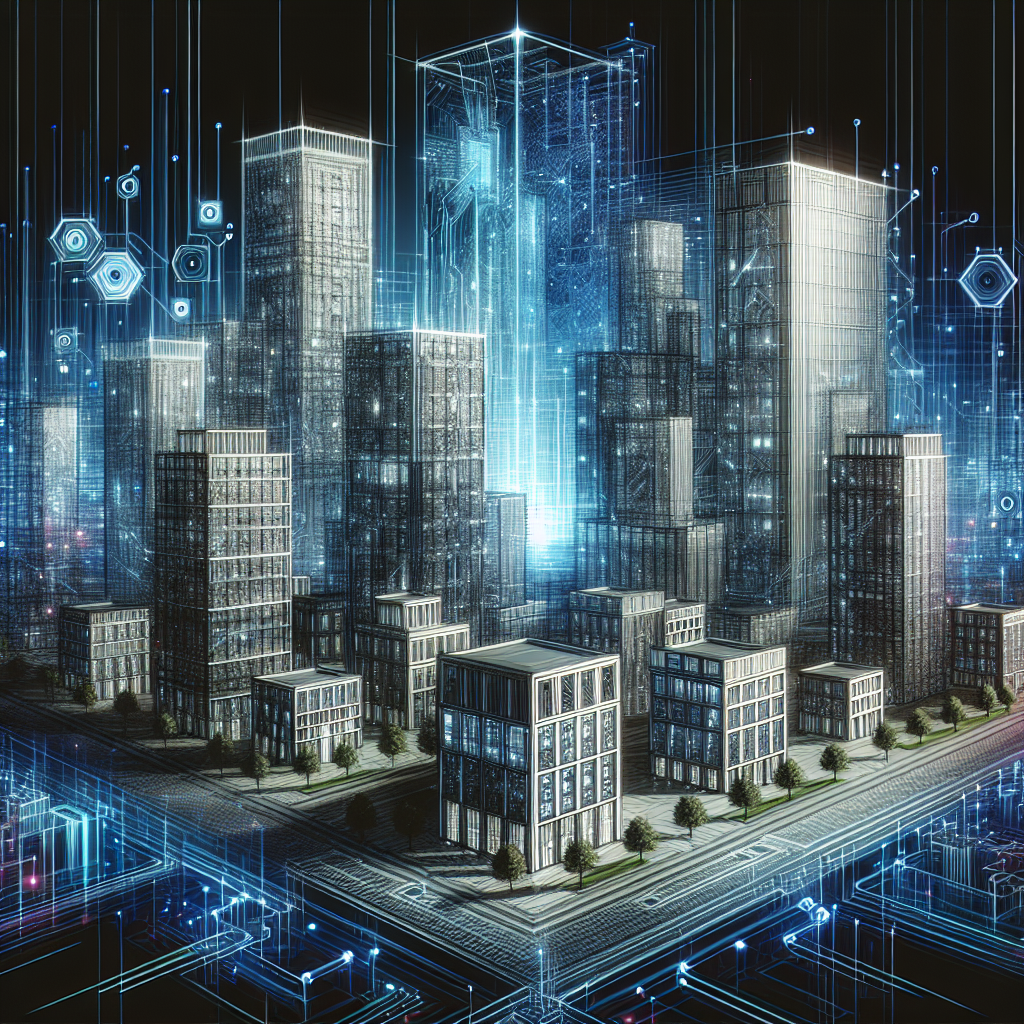The Impact of AI on Architectural Aesthetics
Artificial Intelligence (AI) has been making significant strides in various fields, including architecture. With the ability to analyze vast amounts of data, generate complex designs, and optimize building performance, AI is transforming the way architects design and create buildings. One area where AI is having a particularly pronounced impact is on architectural aesthetics. In this article, we will explore how AI is shaping architectural aesthetics and the implications of this for the future of architecture.
AI and Design Exploration
One of the key ways in which AI is impacting architectural aesthetics is through its ability to explore a vast range of design possibilities. Traditionally, architects would spend hours sketching and refining designs by hand, a process that could be time-consuming and limited in scope. With AI-powered design tools, architects can now generate and evaluate thousands of design options in a fraction of the time, allowing for greater experimentation and innovation in architectural aesthetics.
AI algorithms can analyze architectural precedents, building codes, site constraints, and other factors to suggest design solutions that meet specific criteria. This can help architects push the boundaries of traditional design conventions and create more unique and innovative buildings. AI can also optimize designs for factors such as energy efficiency, structural integrity, and cost, resulting in buildings that are not only aesthetically pleasing but also functional and sustainable.
AI and Generative Design
Generative design is another area where AI is revolutionizing architectural aesthetics. Generative design algorithms use machine learning and optimization techniques to generate design options based on a set of constraints and objectives. These algorithms can create complex and organic shapes that would be difficult or impossible to achieve through traditional design methods, leading to more innovative and visually striking architectural aesthetics.
Generative design tools allow architects to explore a wide range of design possibilities and iterate on their designs quickly and efficiently. By using AI to generate and evaluate design options, architects can uncover new design solutions that they may not have considered otherwise. This can lead to buildings that are more creative, expressive, and visually compelling, pushing the boundaries of architectural aesthetics.
AI and Parametric Design
Parametric design is a design approach that uses algorithms to generate and manipulate design parameters, allowing architects to create complex and dynamic forms. AI is increasingly being used to enhance parametric design processes, enabling architects to create more intricate and innovative architectural aesthetics.
By using AI to analyze and optimize design parameters, architects can create buildings that respond to their environment, change over time, or adapt to user needs. This can result in buildings that are not only visually interesting but also functional and responsive to their context. AI-powered parametric design tools can also help architects explore new design possibilities and push the boundaries of architectural aesthetics, leading to more creative and expressive buildings.
AI and Material Innovation
AI is also impacting architectural aesthetics through its ability to innovate in materials and construction techniques. By analyzing data on material properties, performance, and sustainability, AI can suggest new materials and construction methods that can enhance the visual appeal of buildings. For example, AI can help architects identify materials that are lightweight, flexible, and durable, allowing for more innovative and expressive architectural aesthetics.
AI can also optimize material usage and construction processes, leading to buildings that are more efficient and cost-effective to build. By using AI to analyze and optimize material selection, architects can create buildings that are not only visually striking but also environmentally sustainable. This can result in buildings that are both aesthetically pleasing and socially responsible, contributing to a more sustainable and resilient built environment.
FAQs
Q: How is AI impacting the role of the architect in the design process?
A: AI is transforming the role of the architect by automating routine tasks, analyzing vast amounts of data, and suggesting design solutions. This allows architects to focus more on creativity, innovation, and problem-solving, leading to more unique and expressive architectural aesthetics.
Q: Will AI replace architects in the future?
A: While AI is changing the way architects work, it is unlikely to replace them entirely. Architects bring a unique blend of creativity, critical thinking, and human understanding to the design process that AI cannot replicate. Instead, AI is a tool that can enhance the capabilities of architects and enable them to create more innovative and sustainable buildings.
Q: How can architects leverage AI to enhance architectural aesthetics?
A: Architects can leverage AI to explore a wide range of design possibilities, generate complex and organic shapes, optimize designs for performance and sustainability, and innovate in materials and construction techniques. By incorporating AI into their design process, architects can create buildings that are more creative, expressive, and visually compelling.
Q: What are the ethical implications of using AI in architecture?
A: There are ethical implications to consider when using AI in architecture, including issues related to privacy, data security, bias, and job displacement. Architects must be mindful of these concerns and ensure that AI is used in a responsible and ethical manner to benefit society as a whole.
In conclusion, AI is having a profound impact on architectural aesthetics by enabling architects to explore new design possibilities, generate complex and organic shapes, optimize designs for performance and sustainability, and innovate in materials and construction techniques. By leveraging the capabilities of AI, architects can create buildings that are more creative, expressive, and visually compelling, pushing the boundaries of architectural aesthetics and shaping the future of architecture.

